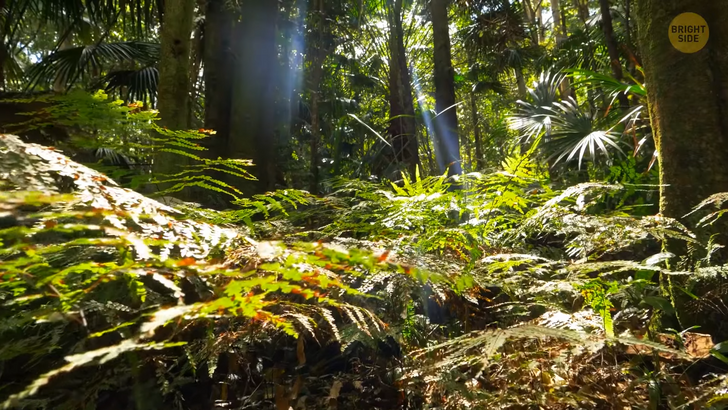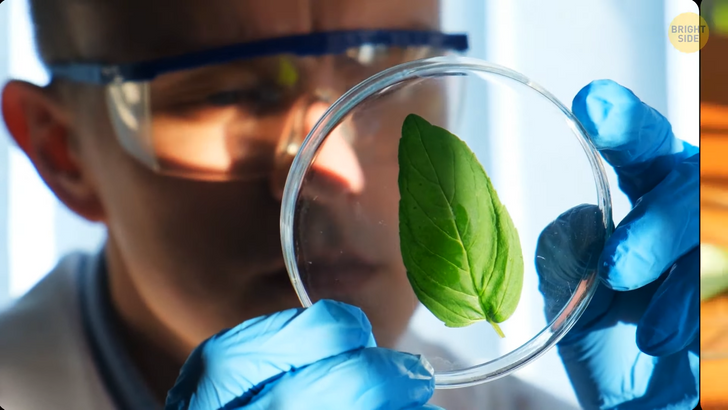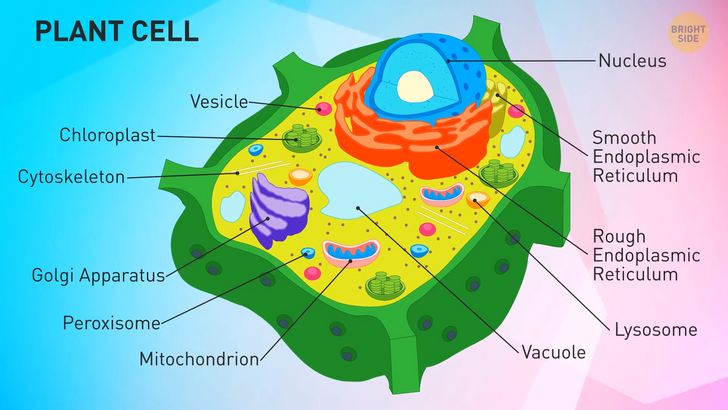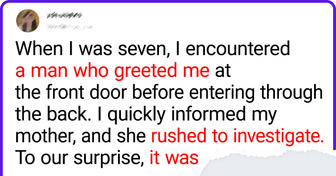The World’s Hairiest Girl Is Completely Shaved, and She Looks Unrecognizable Now

Photosynthesis can save millions of human lives! Wait, HOW?! What is the connection here? Plants create energy out of sunlight, water and carbon dioxide. Duh, we’ve known it for ages.
Turns out that understanding this process in detail could help find a cure for cancer. So, for a long time, scientists have been trying to figure out how plants start the process of turning sunlight into sugar through photosynthesis. But now, some researchers have finally decoded those tricky signals that plants send to themselves!

For many years, botanists have known that the nucleus in a plant cell is like the boss, sending out commands to other parts of the cell. It does so by creating proteins that tell the other parts what to do. And if those proteins aren’t there, the plant won’t be able to grow or turn green.
But there are hundreds of different proteins in the nucleus, and figuring out which ones tell the plant to start photosynthesis has been a huge challenge. It’s been like trying to find a needle in a haystack. But now, the botany professor Meng Chen and his team managed to find four of those proteins and documented the entire process.
In simple words, Chen and his team found four new proteins that help plants start the process of photosynthesis, which turns sunlight into energy for growth. These proteins are part of a complex process that happens in two different “rooms” in the cell, and they help the different parts of the plant “talk” to each other, so they can work together to make energy.

Chen compares this process to a symphony where the proteins in the nucleus act as the conductors who start the music. These conductors are called photoreceptors, which implies that they respond to light and activate genes that kick off photosynthesis.
However, they need to communicate with other parts of the cell which are far away, like musicians playing in different rooms. This is where the four newly discovered proteins come in — they help the conductors send messages to the other parts of the cell.
This research was funded by the National Institutes of Health, which hopes that it could help find a cure for cancer. This is because the chloroplasts, which are plant cell parts responsible for photosynthesis, and mitochondria, that generate chemical energy in human cells, have some similarities. Both are important for generating energy for growth and they also contain genetic material.
Scientists have been studying internal communication processes inside the cell. They found out that when something goes wrong with the little organs inside a cell, called organelles, they will send a message to the nucleus which acts as the headquarters of the cell.

However, we don’t know much about how the nucleus sends messages back to the organelles. Chen thinks that the way the nucleus communicates with the organelles in plants is similar to how it works in animals.
By studying how the nucleus communicates with the chloroplasts, we can learn how it also controls the mitochondrial genes. Dysfunction of these genes may lead to dangerous diseases like cancer, so we could learn to control these processes and thus maybe find ways to reverse cancer processes?
It’s important to understand how photosynthesis is controlled because it may be used beyond just studying diseases. For example, if we ever live on another planet, we will need to grow food indoors and create a way to make sure the plants get enough light to grow.

Also, climate change is making it harder for farmers to grow crops. By understanding how plants grow, we can find ways to help them survive and keep us fed. “The reason we can survive on this planet is because plants can do photosynthesis. Without them, there are no animals, including humans,” said Chen.
So, if we understand how to manipulate plant growth, we can also control the quantity of food we produce, which could definitely solve lots of our problems in the future.











